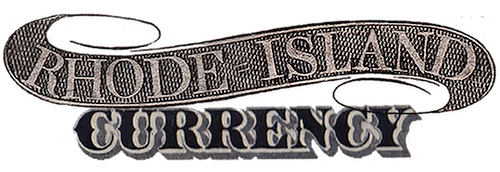National Hope Bank, Warren
The Hope Bank was chartered as a state financial institution in June of 1822. Joseph Smith served as its first president and Thomas C. Williams was cashier. Rhode Island’s motto of Hope likely inspired its name.
Between 1822 and 1865, the Hope Bank issued a variety of banknotes in denominations from $1 to $100. All of these notes have been listed as “Rarity-7”in Roger H. Durand’s Obsolete Notes And Scrip of Rhode Island and the Providence Plantations, meaning only 0 to 5 are now believed to exist in collector’s hands.
In 1858, the bank constructed a “2 ½ story gable roof Early Victorian” at 259 Water Street. In one reference, the structure is listed as the home of the First National Bank of Warren by 1870.
On April 14, 1865, the Hope Bank was reorganized as the National Hope Bank and was granted federal charter #1008. During the this period, the institution issued $714,290 in $1, $2, $5, $10, $20, $50 and $100 notes. It issued 1865 “Original Series” notes, 1875 Series notes and 1882 Brownbacks. Only 8 of these notes are known to exist today, according to the National Bank Note Census (four $1s, two $2s, one $5 and one $10.)
On August 24, 1904, the Industrial Trust Company acquired all five banks in Warren and set about building a new branch at 414 Main Street. At the time, the National Hope had a capital of $230,000 (although elsewhere this is listed as $130,000). The stockholders were paid $100 per share in cash by Industrial Trust.
Some other events in the bank’s timeline:
• In 1833, there was an attempted robbery of the Hope Bank, briefly mentioned here.
• During the financial panic of 1837, it appears that the Hope Bank was briefly suspended by state regulators.
• In 1850, the bank had a capital of $125,000 and 1,250 shares owned by stockholders.
• In 1859, G.T. Gardiner became president and in 1864, George Williams became cashier (possibly Thomas’ son). There is a brief obit of Gardiner, who was head of the Town Council, here.
• H. Walter Eddy was cashier in the 1890s. C. R. Cutler was president around this period as well. In 1888, the bank had a capital of $130,000.
• Samuel L. Peck, state rep for Warren, was vice president of the bank in 1899, according to this biography.

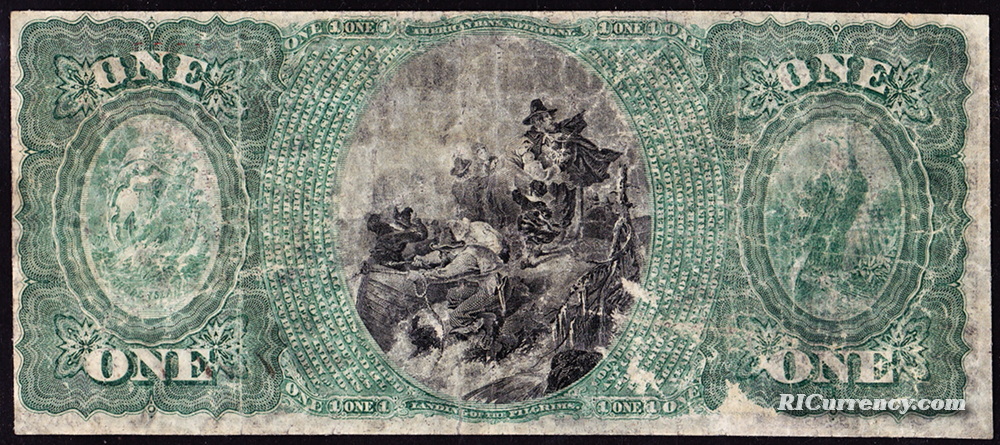
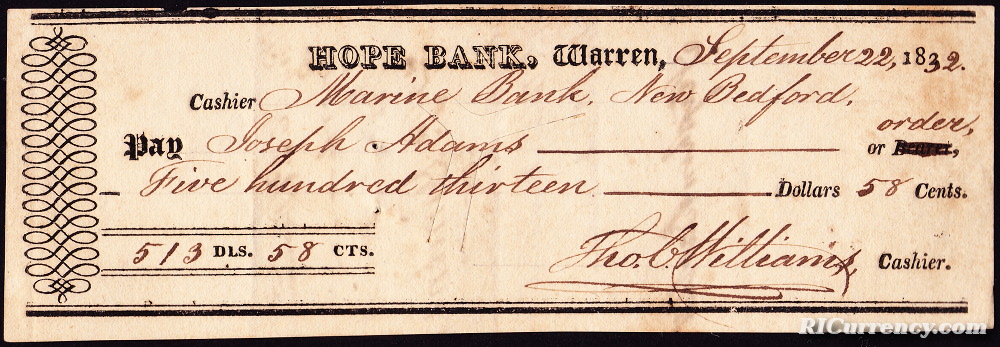
Check from September 22, 1832.
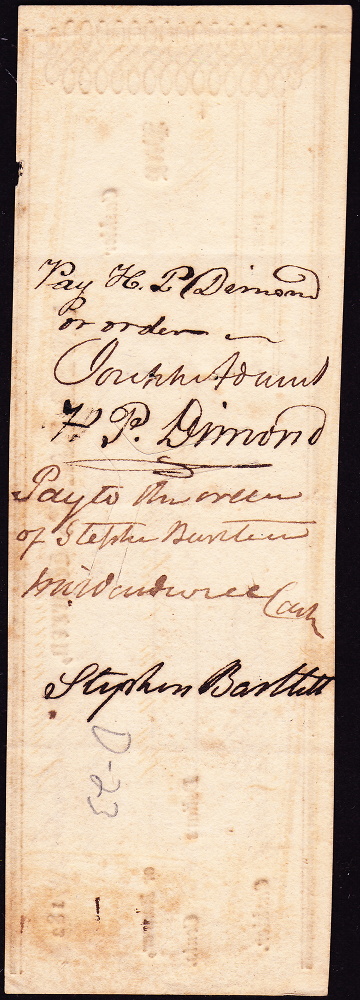
Reverse of check.
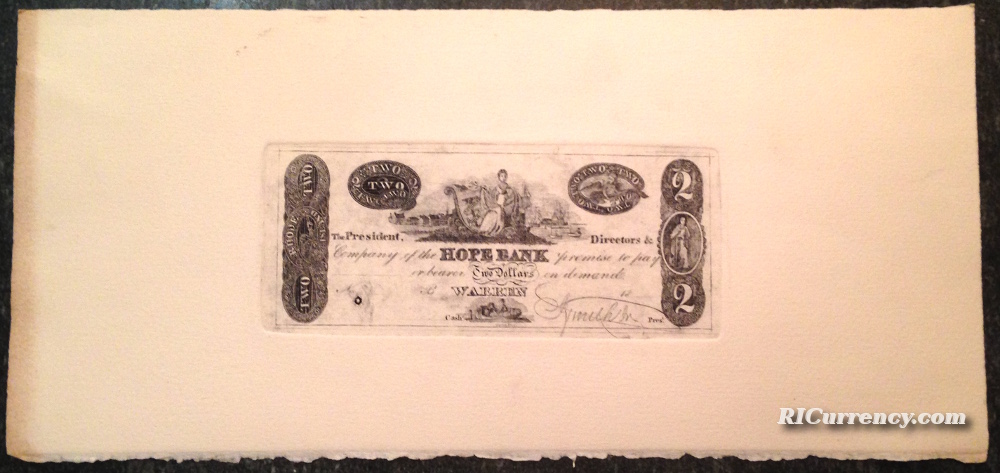
Print of a Hope Bank $2 bill, likely a 20th-century creation from a counterfeit plate.
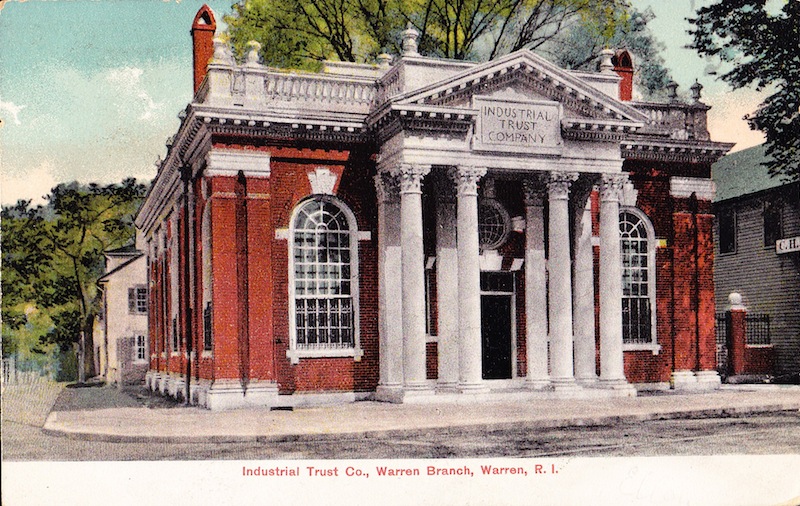
The Industrial Trust branch, built to succeed the National Hope Bank and four other institutions in Warren. The structure is still standing at 414 Main Street.
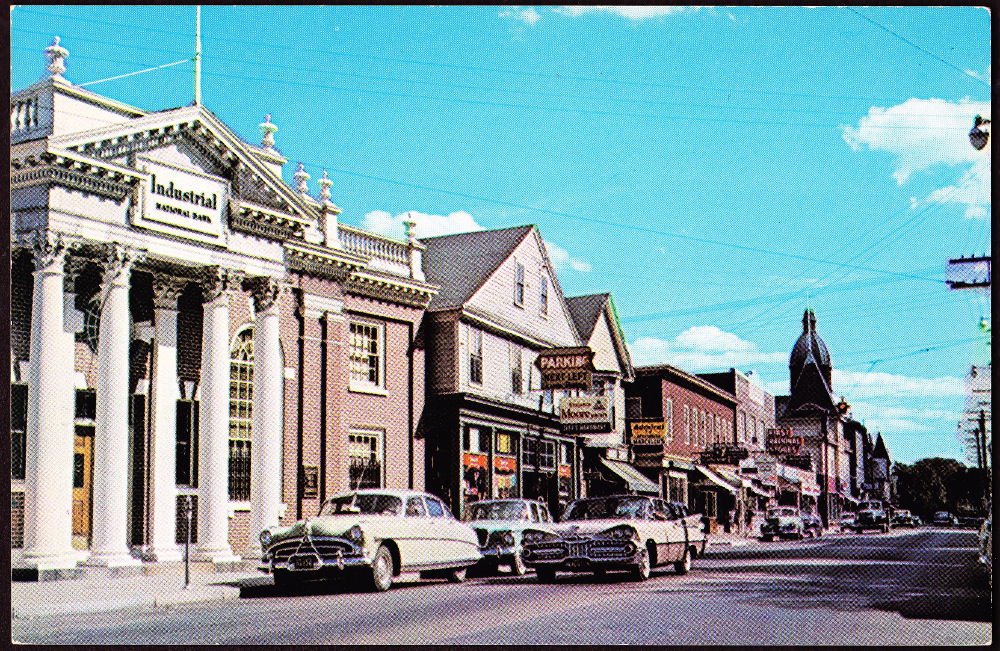
A vintage postcard of the bank.
